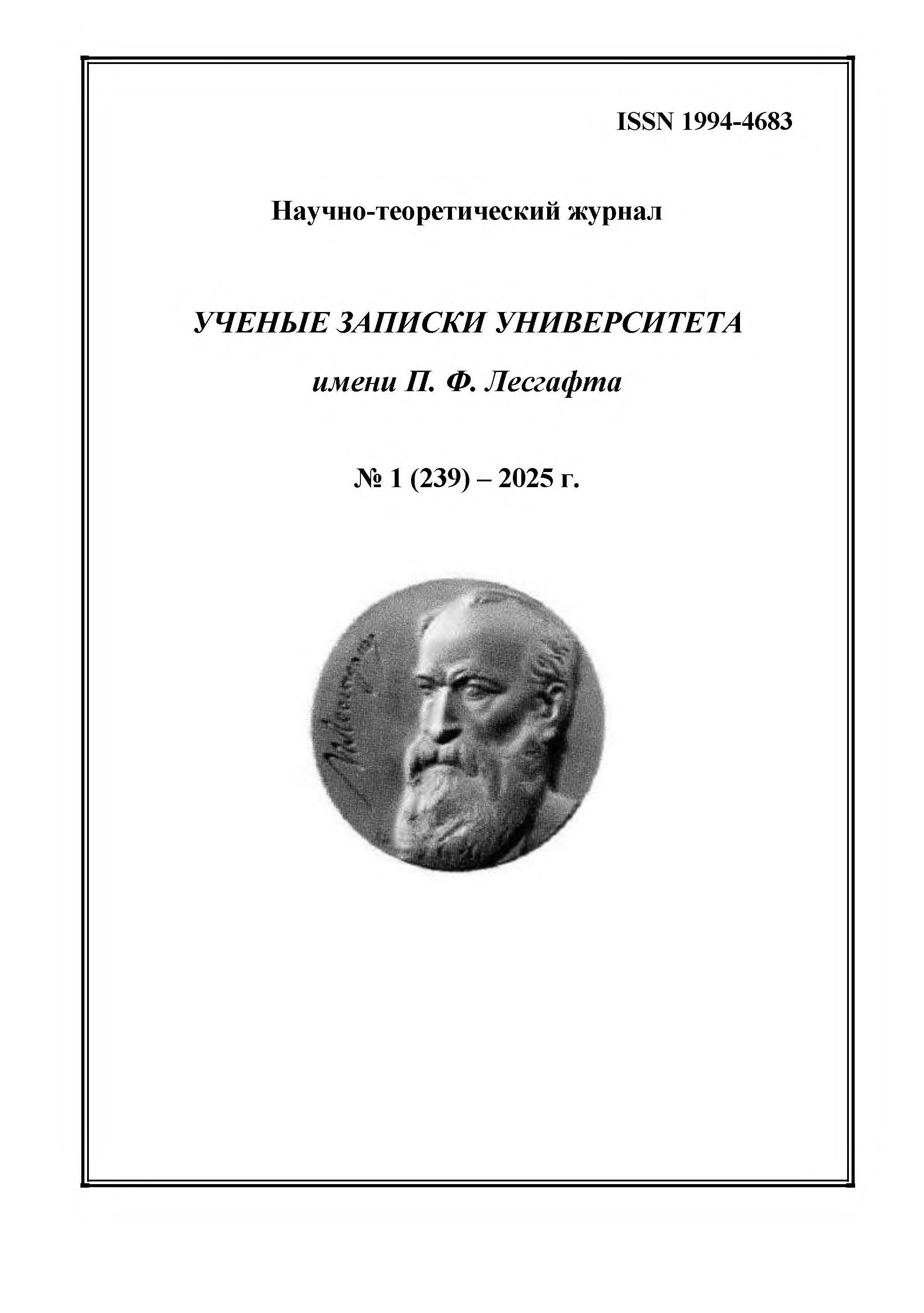Russian Federation
CSCSTI 77.01
The article analyzes the possibility of applying adaptive physical culture tools in stand-up paddleboarding sessions with teenagers who have cerebral palsy. It is shown that the stand-up paddleboarding sessions, conducted with regard to the developed content, the definition of their organizational and methodological features, and the severity of the participants' conditions, improve the psychophysical state of teenagers with cerebral palsy. The purpose of the study was to determine the content and organizational-methodological features of conducting 'stand-up paddleboarding' sessions and their influence on the psycho-physical condition of adolescents with spastic forms of cerebral palsy. Research methods and organization. The analysis of scientific and methodological literature, pedagogical observations, surveys, pedagogical experiments, and pedagogical testing was employed, along with methods of mathematical statistics. The experimental work was conducted at the Autonomous Non-Profit Organization "Sevastopol Center for Physical Development and Sports." The participants of the experiment were adolescents with spastic cerebral palsy who attended adaptive physical recreation classes under the program "Stand Up Paddleboarding - a Trendy Sport in Sevastopol", utilizing experimental class content that included the application of adapted fitness yoga techniques. Research results and conclusions. For the first time, the characteristics of paddleboarding sessions in open water for adolescents with cerebral palsy have been identified, taking into account the severity of the condition; organizational and methodological features of conducting paddleboarding sessions for adolescents with cerebral palsy have been determined; a positive dynamic in the indicators of physical fitness and psychological state has been established among adolescents with the spastic form of cerebral palsy engaged in paddleboarding. The results obtained from the research may contribute to the formation of a new type of adaptive sports.
cerebral palsy, spasticity, paddleboarding, fitness yoga, psychophysical condition of adolescents with cerebral palsy
1. Eidelman L. N., Volkova N. L. (2025), “The current state of research in the field of practical use of sapboard for adolescents with cerebral palsy”, Health-saving and correctional technologies in the modern educational space, a collection of scientific papers based on the results of the VI International scientific and practical conference, Magnitogorsk, Publishing House of Magnitogorsk State Technical University. G.I. Nosov University, pp. 58–63.
2. Gross N. A. (ed.) (2000), “Physical rehabilitation of children with disorders of the musculoskeletal system”, Moscow, Soviet Sport, 224 p.
3. Bakharev Yu. A. (2017), “Adaptive motor recreation”, Nizhny Novgorod, Nizhny Novgorod State University, 120 p.
4. Koblev S. Y. (2018), “Modern methods of physical rehabilitation of children with cerebral palsy»”, Bulletin of the Taras Shevchenko Luhansk National University, № 1 (18), pp. 105–109.
5. Kovalskaya I. A., Vikulova N. N., Bozhko E. A. (2018), “Correctional orientation of AFK drugs in cerebral palsy in a rehabilitation center”, Scientific Bulletin of the Crimea, № 7 (18), pp. 17–20.
6. Rogov O. S., Polyak D. A. (2021), “Methods of physical rehabilitation of disabled children with spastic cerebral palsy”, News of TulSU. Physical Culture. Sport, № 3, pp. 48–58.








